The spring intake in Canada starts in May and is often called the Summer intake. Not all universities offer this lesser-known intake, so it receives the lowest number of admissions annually. However, it is a good option for those who have missed the previous intakes.
Spring intake in Canada is considered the tertiary intake. Primary intake in Canada is in the fall, and secondary in Winter. Here’s an overview of intakes in Canada.

Excel in IELTS with India’s Top Online Coaching
Leap has helped more than 1 Lakh students achieve 7+ IELTS band.
| Intake | Nature of the Intake | Admission Deadlines |
| January/Winter Intake | Secondary | September-November |
| September/Fall Intake | Primary | December-March |
| May/Spring Intake | Tertiary | January-February |
Even though fewer students prefer Spring intake in Canada, it is considered an excellent backup for those who missed the first two intakes.
The May intake in Canada starts in May and lasts until August. Admissions begin between October and December. So, if you plan to apply for the May intake in Canada for 2025, you must start preparing between July and August.
Since the May intake is considerably smaller, the deadlines expire fast. It’s best to keep an eye on the deadline and apply fast. One way to monitor the deadlines is to check the website often.
In this blog, we’ll explore the timelines, universities and everything else you need to know.

May Intake in Canada 2025: List of Colleges/Universities
The May Intake in Canadian colleges and universities for 2025 presents a selection of prestigious institutions renowned for their academic excellence and diverse offerings.
Despite the limited availability of options during this intake period, prospective students can pursue quality education across various disciplines. This article overviews some leading institutions welcoming students for the May Intake in 2025.
Which Colleges Are Open for May Intake in Canada 2025? Here’s an answer to that!
University of Waterloo
Established in 1957, the University of Waterloo (UWaterloo) is a top Canadian research institution known for its innovative approaches and co-op programs. It offers strong academic programs in math, engineering, computer science, and more. Distinguished for its research-oriented culture and entrepreneurial ethos, UWaterloo proudly hosts the world’s largest co-op program, providing students with invaluable hands-on work experience.
- Ranks #112 in the world as per QS world university rankings 2024.
- Offers one of the largest co-op programs in the world
- Known for its focus on science, technology, engineering, and mathematics (STEM) fields
Canada May intake 2025 Deadline: February 1st

Excel in IELTS with India’s Top Online Coaching
Leap has helped more than 1 Lakh students achieve 7+ IELTS band.
University of Fraser Valley
University of the Fraser Valley (UFV) is a public university in British Columbia, Canada, established in 1974. With campuses across the Fraser Valley, UFV offers a diverse range of over 100 programs. It emphasizes undergraduate studies, offering smaller class sizes and research opportunities, ideal for students looking for hands-on learning experiences.
- Promotes hands-on learning and practical application of subjects
- Close ties with industries
- Offers a range of programs and flexibility to choose courses
Canada May intake 2025 Deadline: Applications open in October and go continuously as the University takes admission throughout the year.
Centennial College
Centennial College, established in 1966, is Ontario, Canada’s first public college. Situated near Toronto with five campuses, it offers over 260 programs. Renowned for its emphasis on careers and innovation, Centennial fosters a culturally diverse environment, with over 80 languages spoken on campus. It offers career-focused education with smaller classes and affordable tuition, making it an excellent choice for students seeking practical learning experiences.
- Focuses on career-oriented education and industry relevance
- Has excellent course options for co-op education
- Celebrates diversity and has an inclusive campus
Canada May intake 2025 Deadline: May 2025
Explore all countries
Seneca College
Founded in 1967, Seneca College is a public college with seven campuses in the Greater Toronto Area. Renowned for its career-focused approach, Seneca offers diplomas, undergraduate degrees, and graduate certificates across various fields. Their programs integrate theory with practical learning, including internships and co-op opportunities. Strong industry partnerships ensure curriculum relevance, while a focus on student success provides resources and support for academic and professional growth.
- Offers modern facilities and labs that reflect real industry environments
- Embraces diversity and offers a wide range of international initiatives
- Has a strong focus on applied research, partnering with industry and community organizations
Canada May intake 2025 Deadline: November 1st
Lakehead University
Lakehead University, established in 1965, prioritizes student-focused education. It offers smaller class sizes and exceptional teaching across its campuses in Ontario. Renowned for its academic excellence, especially in business and engineering programs, Lakehead fosters a welcoming atmosphere for undergraduate success.
- Offers a wide range of undergraduate and graduate programs across various disciplines
- It has research centres and institutes focused on areas that include sustainable energy and environmental studies.
- Located in a scenic destination, offering students a different experience.
May intake in Canada 2025 deadline: April 1st

Is Spring Intake in Canada the Right Intake for you?
Deciding on the ideal time to begin your studies in Canada involves considering several factors. Despite being less common, spring intake might suit you if you missed fall or winter enrollment.
Here are some essential considerations: your academic goals, program availability, housing options, and personal circumstances. Consider the advantages of starting your studies earlier in the year and the potential challenges you may encounter.
Evaluating these aspects will help determine if spring intake aligns with your educational aspirations and logistical needs.
- Availability of courses: Not all programs and courses are available during the May intake in Canada for 2025. Popular programs and advanced specialisations are only available during the spring intake. Since it’s a smaller intake, ensure that the course you’re interested in is available in universities before you settle on this intake.
- Timelines: Spring intake allows more time to gather your documents, sort your finances and file an application. If you need more time to apply, spring intake in Canada may be the best option.
- Smaller classes and less competition: Students are fewer in spring intake, so it’s easier to get an admission considering you’ve met all the requirements. The classes are smaller, and you might have a better chance of interacting with faculties. If this suits you, then go for it!
- Career opportunities: Fall intake usually aligns better with job recruitment cycles. However, May intake also has a considerable number of opportunities. We highly recommend researching more about job opportunities before settling in on this intake.
Choosing an intake is a tough decision and a crucial one. Want to know if you’ve made the right decision? Book a 5-minute FREE call with our experts today; tell them your requirements, and they’ll tell you which intake is right for you!
Timeline: When Should You Apply for May/Spring Intake in Canada?
The timeline for your journey depends on which phase of application you are in. The ideal time to start prepping for the May intake start date in Canada is at least a year before the commencement of your term.
You might have to jog the process to meet the deadlines if you’re late. We highly recommend talking to an expert to understand your next steps.
Until then, here’s a sample timeline for your reference.
| Month | To-do list |
| May-June | -Research universities -Shortlist universities, or let us do it for you! -Find out the Eligibility & requirements for each university |
| July-September | -Take English proficiency tests -Take Entrance exams (if any) |
| September-December | -Gather all the documents -Apply to universities, or let us do it for you! |
| January-February | -Compare and accept an admission offer -Apply for a visa or avoid the hassle and let leap do it for you! |
| March-April | -Apply for scholarships -Find accommodation |
| May | Enjoy the start of your exciting journey! |
Final Thoughts
Spring intake in Canada is certainly a good choice. Unlike the harsh winters, the weather is pleasant in May. It also offers flexibility, additional preparation time, and potential advantages like smaller class sizes. However, ensuring that your desired program is available during this intake is crucial.
To apply to Spring intake universities in Canada, you must meet eligibility requirements that include English proficiency test scores, entrance exams, and minimum academic requirements.
Each university and course will have a varying set of requirements and will require multiple set of documents.
Talk to our counsellors today and have the application process simplified for you! Book a free call now.
Frequently Asked Questions
-
Is May intake available in Canada?
Yes, May intake, also known as the spring/summer intake, is available in Canada. It’s less popular than starting in the fall, with fewer program options and faster application deadlines. However, it’s a good option if you missed earlier deadlines. Not all universities offer it, so it’s important to check their websites directly. If your program is available for May intake, applying early is recommended to secure your spot.
-
What is Spring intake in Canada?
Spring intake in Canada, which typically runs from May to August, is another opportunity for students to start their studies. While it’s not as popular as the fall intake, it’s perfect for those who missed earlier deadlines. With fewer program options and quicker application deadlines, it’s essential to check directly on university websites to see if your desired program offers a spring intake. Applying early is crucial to secure your place and start your academic journey without delay.
-
Will I be able to find accommodation easily during the spring intake?
Spring intake in Canada, which typically runs from May to August, offers students another opportunity to start their studies. Finding accommodation depends on your university’s location, so it’s wise to begin your search early to increase your chances. The good news is that the cost of accommodation is generally lower during this intake due to less demand compared to other intakes.
-
Are there any specific English language proficiency requirements for the spring intake?
For the spring intake, specific English language proficiency requirements can vary based on the university and course you’re interested in. Generally, though, you’ll likely need a minimum IELTS score of 6.0 for undergraduate programs and 6.5 for postgraduate programs. It’s essential to check the specific requirements of the university and course you’re applying to, as they may have their own criteria.
-
Are scholarships available for May/Spring intake in Canada?
Securing scholarships for spring intake in Canada can be trickier compared to fall, but don’t fret—options exist. Many universities provide scholarships for any semester, so reach out to them directly. While some major scholarships have deadlines before spring begins, certain universities offer exclusive scholarships for spring students. Be proactive and inquire with the financial aid offices at the universities you’re eyeing for the latest updates.
-
Which intake is better among all UK intakes?
Lots of students love starting their UK journey in September. You’ve got tons of program options and scholarship chances, but boy, is it competitive! If you missed the deadline or want less competition, January intake could be your thing, even though there are fewer programs available. And hey, don’t overlook May intake—it’s another option worth checking out!
-
How to apply for May/Spring intake in Canada?
To apply for May/Spring intake in Canada, check the university’s website for specific application instructions and deadlines. Typically, you’ll need to submit an online application form, academic transcripts, English language proficiency test scores, letters of recommendation, and a statement of purpose. Some programs may require additional documents like a portfolio or standardized test scores. Be sure to apply early to meet the deadlines and secure your spot for the Spring intake.
-
Which colleges are open for May intake in Canada 2025?
For the May intake in Canada 2025, several colleges are open, including McGill University, University of Toronto (with limited programs), Centennial College, and George Brown College. However, availability varies, so it’s best to check directly with each college for specific program offerings. Remember to apply early as spots fill up quickly!
-
Is it easy to get accepted for May intake?
In Canada, getting accepted for the May intake can be somewhat easier compared to Fall intake due to a couple of reasons. Firstly, there’s less competition as there are generally fewer applicants vying for spots in May intake programs. This means your application faces less competition from other students. Additionally, there’s more availability. If your academic record or application wasn’t quite strong enough for Fall intake, May intake might offer a second chance for programs that still have space available.
-
When do applications for May/Spring intake 2025 typically open?
Applications for the May/Spring intake 2025 usually open around September/October 2024. However, it’s important to note that this is just a general estimate. Deadlines can vary by university and program. To ensure accuracy, it’s best to check the admissions website of your target schools or contact them directly for the exact application opening dates.
-
What documents do I need to apply for May/Spring intake?
For the May/Spring intake application, you’ll generally need to gather a few documents. These often include your academic transcripts, reference letters, and a personal statement. Keep in mind that the specific requirements might vary depending on the university or program you’re applying to. Make sure to check the application guidelines provided by your desired schools to ensure you have all the necessary documents prepared for submission.
-
Can I start my postgraduate studies during May/Spring intake?
Yes, you can start your postgraduate studies in May/Spring. Some universities offer postgrad programs then, letting you begin your advanced studies earlier. Just check with the universities you’re interested in to be sure they have postgrad options for May/Spring.
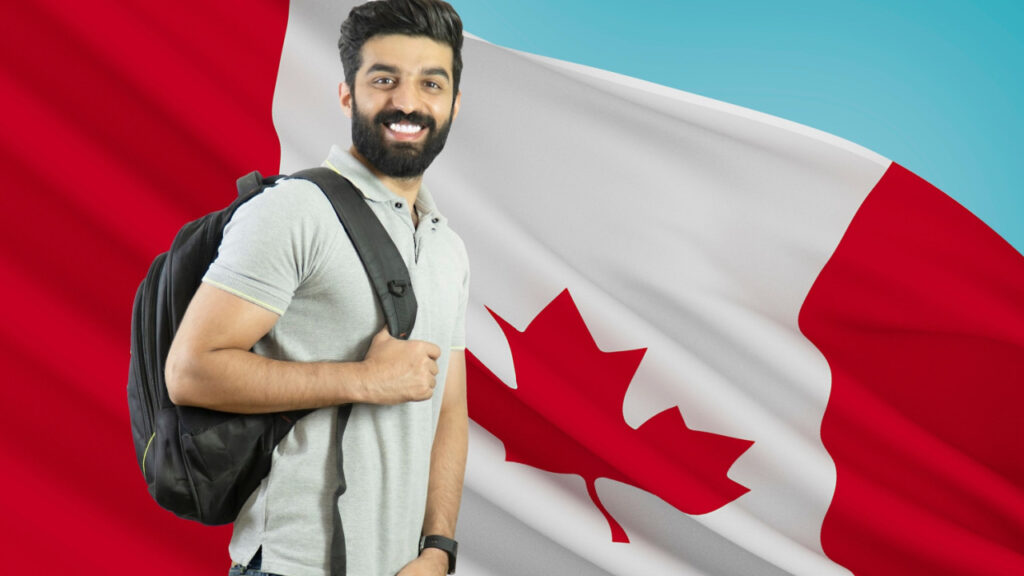
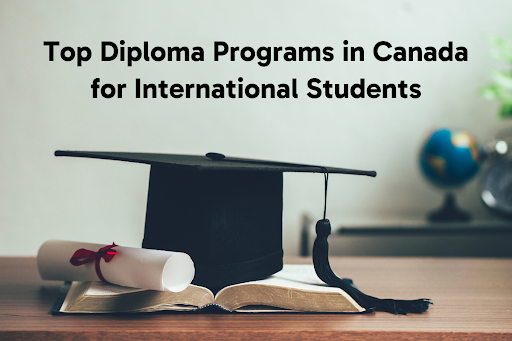
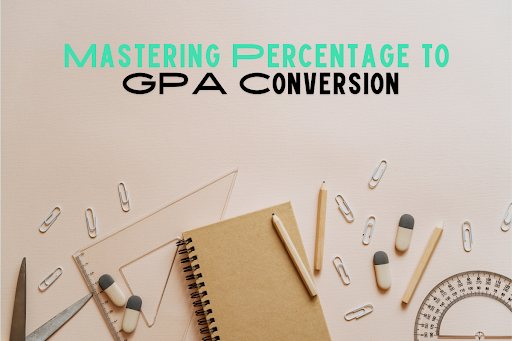



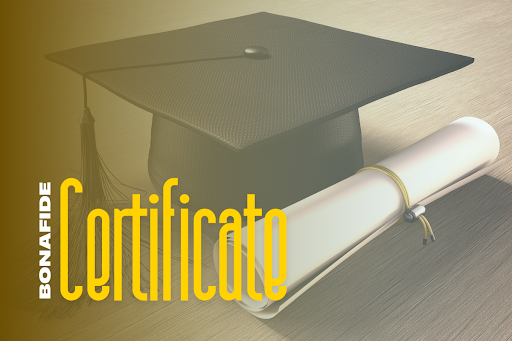


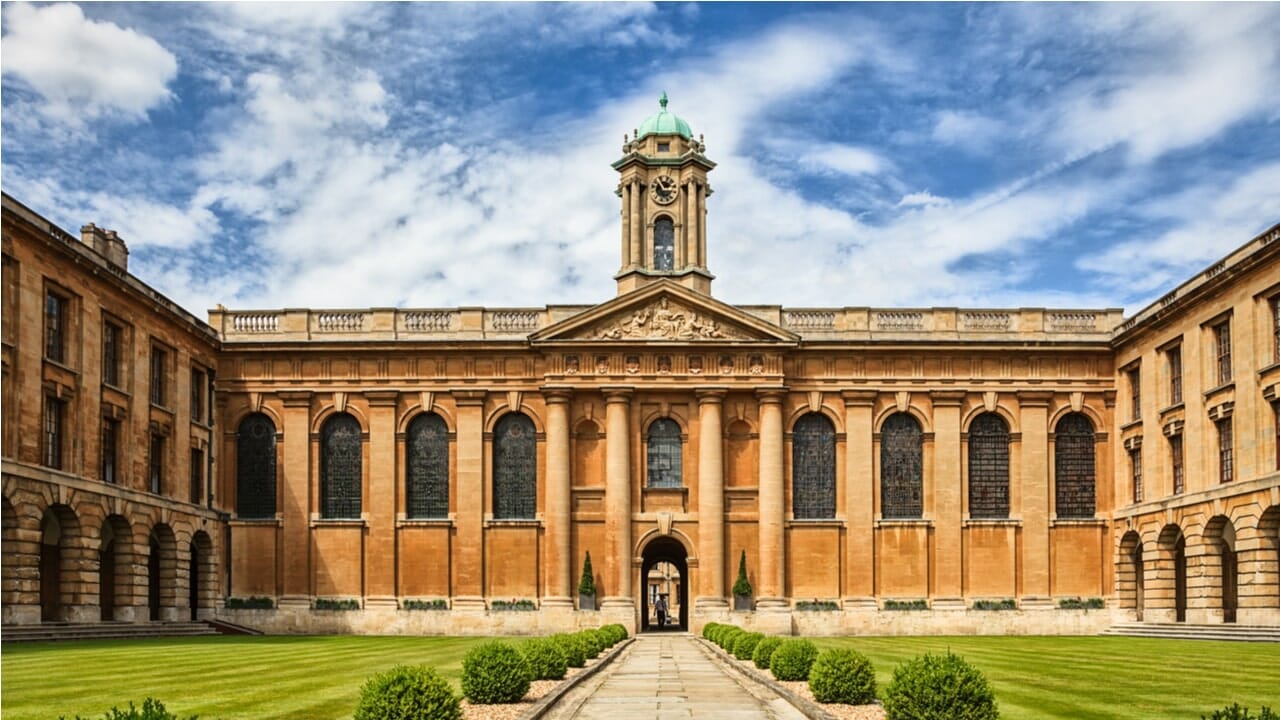




Have Questions? Get Guidance to reach your Dream University
Connect with India's finest counsellors and biggest study abroad community.
Get Guidance